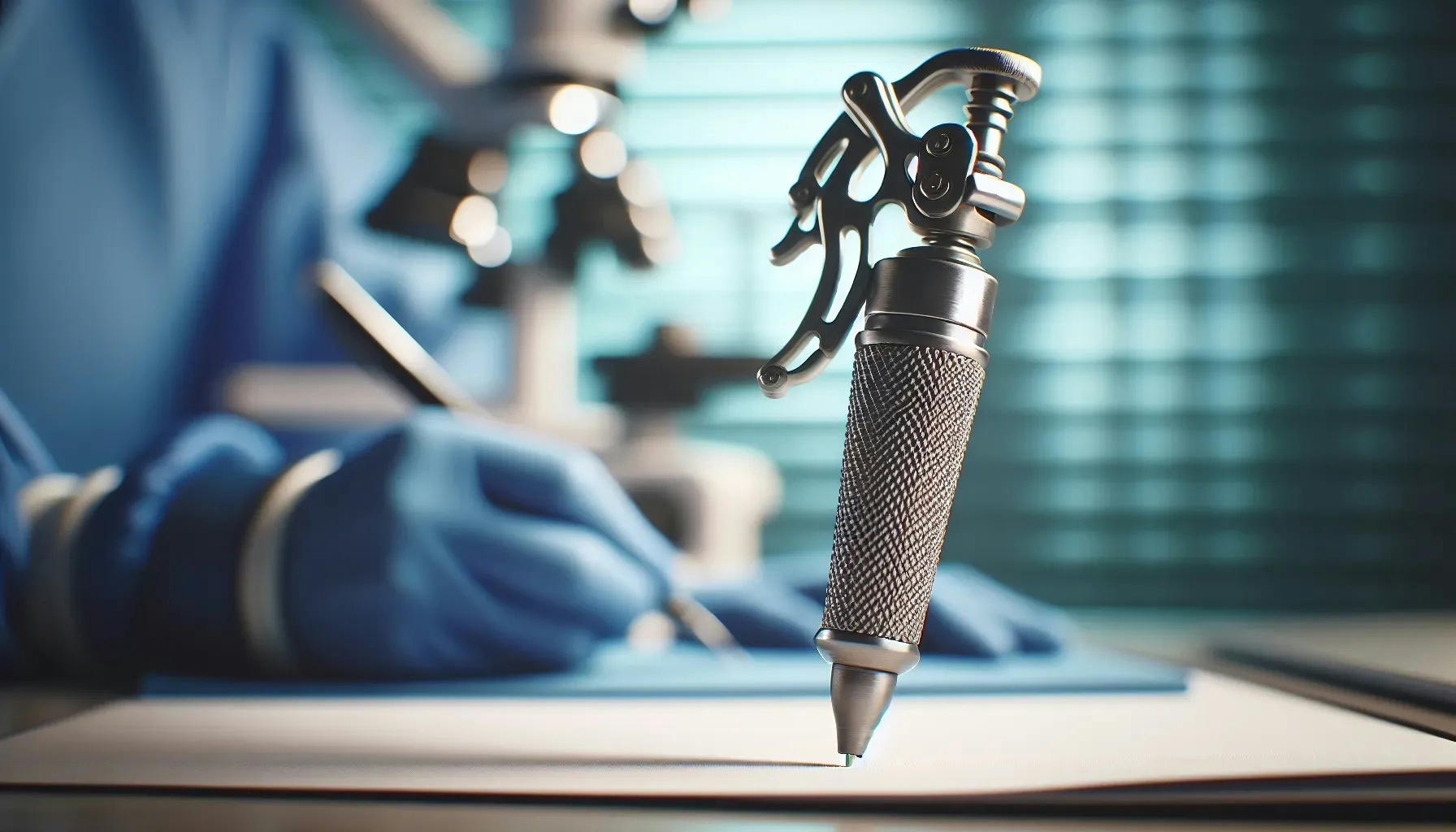What Methods Improve Fine Motor Skills in Patients With Limited Hand Function?
OccupationalTherapist.io

What Methods Improve Fine Motor Skills in Patients With Limited Hand Function?
In the quest to enhance fine motor skills in patients with limited hand function, strategies range from a Senior Rehabilitation Specialist's use of mirror therapy to promote neuroplasticity, to considering surgical interventions for improved function. Alongside expert recommendations, we've gathered additional answers that encompass a variety of innovative methods, including technology and therapeutic exercises. Here's a compilation of seven diverse techniques aimed at fostering fine motor skill development.
- Employ Mirror Therapy for Neuroplasticity
- Utilize Adaptive Devices and Technology
- Engage in Occupational Therapy Exercises
- Incorporate Music Therapy for Coordination
- Apply Electrical Stimulation Therapy
- Practice with Virtual Reality Games
- Consider Surgical Interventions for Function
Employ Mirror Therapy for Neuroplasticity
In rehabilitating individuals with limited hand function, a multifaceted strategy is crucial for holistic improvement. I work extensively with mirror therapy to tap into the neuroplasticity of the brain. By reflecting the unaffected hand's movements in a mirror, the brain perceives the illusion of motion in the affected hand, fostering neural activation and motor improvement.
Crafting a comprehensive approach involves integrating fine motor games, guided imagery, and biofeedback into mirror therapy. Fine motor activities (such as manipulating building blocks or solving puzzles) complement mirror therapy, enhancing engagement and encouraging repetitive movements for skill development.
Guided imagery boosts the impact of mirror therapy through mental rehearsal and visualization. Clear commands facilitate the creation of mental maps for specific hand movements, reinforcing physical rehabilitation.
Biofeedback acts as a real-time guide, monitoring muscle activity during mirror therapy and fine motor activities. The feedback loop enables patients to adjust their movements, enhancing awareness and control over specific muscle groups, hence improving precision and adaptability.
This integrated strategy forms a holistic and interactive framework, addressing physical, cognitive, and feedback components for effective rehabilitation.

Utilize Adaptive Devices and Technology
One method that I have employed to address fine motor skill development in a patient with limited hand function is to use adaptive devices and assistive technology. These devices and technologies can help the patient perform daily tasks that require fine motor skills, such as writing, typing, eating, or dressing, with less difficulty and frustration. For example, I can use a pen grip, a keyboard, a plate guard, or a button hook to help the patient grasp, manipulate, or stabilize objects. These devices and technologies can also help the patient improve their fine motor skills by providing feedback, motivation, and challenge. For example, I can use a computer program, a tablet, or a video game to help the patient practice their hand-eye coordination, finger dexterity, or hand strength.

Engage in Occupational Therapy Exercises
Occupational therapy is a form of treatment where patients engage in task-specific exercises tailored to improve their fine motor skills. Through repeated practice, these exercises help in rebuilding strength and coordination in the hands. Such therapy is structured and directed by professionals who understand the intricacies of motor recovery.
It promotes independence by enabling patients to better perform daily activities. Patients can expect gradual improvement as they consistently participate in these designed activities. See an occupational therapist to discuss starting an occupational therapy program.
Incorporate Music Therapy for Coordination
Music therapy utilizes the power of rhythm and melody to enhance fine motor skills through various hand movements. The act of playing an instrument or simply using one's hands to follow a musical pattern can greatly contribute to motor skill rehabilitation. It's a pleasant and engaging way to associate movements with the auditory feedback of music.
This form of therapy often boosts morale and provides a motivational backdrop for practice. Improvement can be seen as patients find joy in movement and rhythm. Find a music therapist to explore how music therapy can benefit you.
Apply Electrical Stimulation Therapy
Electrical stimulation therapy works by sending small electrical pulses to muscles in the hand, which can help to retrain muscle control. This method can be especially useful for those whose hand function is severely limited, as it aids in reconnecting neural pathways related to muscle movement. Over time, this can lead to an increase in muscle strength and better control over fine movements.
The controlled electrical impulses mimic the body's natural muscle contractions, enabling patients to gradually regain hand function. It's a technique that should be done with the guidance of medical professionals. Consult with a healthcare provider about the suitability of electrical stimulation therapy.
Practice with Virtual Reality Games
Virtual reality (VR) games provide an immersive and interactive way to practice fine motor skills in a controlled environment. These games require precise hand movements that translate into improved dexterity. Patients can engage in fun activities that not only challenge their current skill level but also track their progress over time.
As VR technology advances, it continues to offer more realistic simulations that can be tailored to an individual's rehabilitation needs. Increased hand function can often be achieved with dedication to frequent gaming sessions. Look into virtual reality options for dexterity improvement that might be available in your area.
Consider Surgical Interventions for Function
Surgical interventions have the potential to directly address the underlying physical issues that cause limited hand function. Specialized surgeons can repair or reconstruct damaged structures within the hand, potentially restoring a significant degree of functionality. While surgery is often considered a last resort, it may be recommended when other methods have not achieved the desired improvements.
Post-surgery, patients typically undergo a period of rehabilitation to maximize their hand's restored capabilities. Surgery often represents hope for patients seeking to regain the fullest range of motion possible. If you think this might be an option for you, seek a consultation with a hand surgeon to discuss potential surgical interventions.